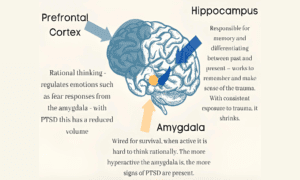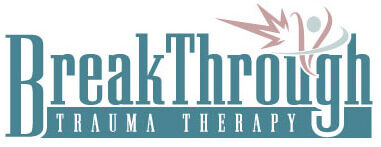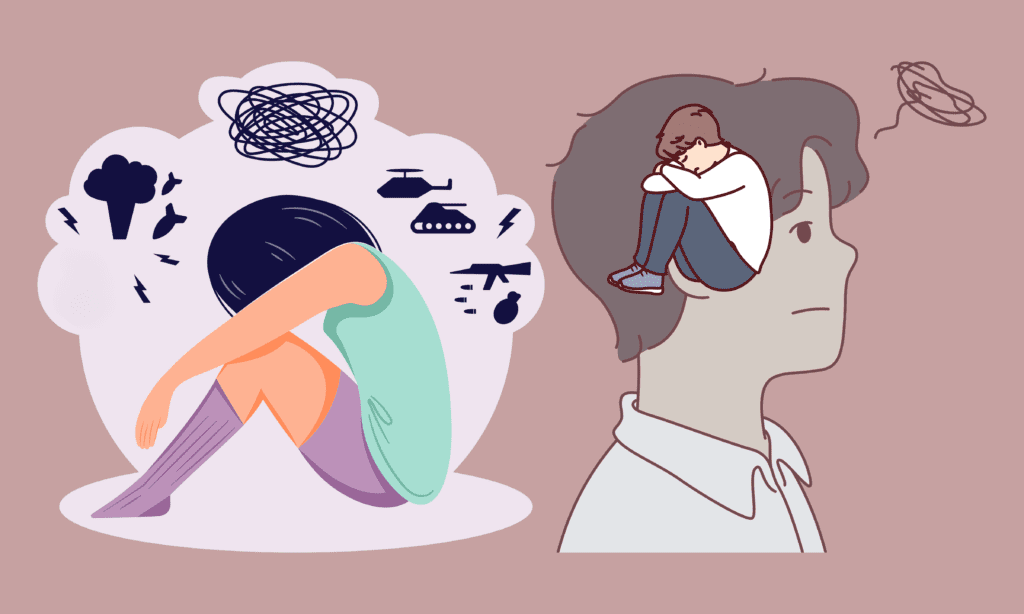Did you experience trauma as a child that left you scared to adulthood? You are not alone. According to the Substance Abuse and Mental Health Services Administration (SAMHSA), about 67% of children experience one traumatic event by age 16. The ordeal may be in the form of mental, physical, or sexual abuse, violence in school or at home, neglect, loss of a loved one, life-threatening illness, accidents, human-induced disasters, or war. You may not even realize the full impact of childhood trauma as an adult, but it can last a lifetime without any intervention.
Eye Movement Desensitization and Reprocessing (EMDR) is specialized psychotherapy for trauma-related disorders. The therapy operates from the principle that mental trauma, like physical trauma, can gradually heal by empowering the brain to reprocess ‘stuck’ memories of traumatic events, even from childhood. One advantage of EMDR is that trauma symptoms begin to improve after the first session.
The Impact of Childhood Trauma On The Brain
When a child experiences a traumatic event directly, as a witness, or by learning about something that happened to a loved one, the encounter rewires their brain, particularly on the frontal and limbic structures, interfering with their development and functioning. Research shows changes in the structure and function of the brain in children after experiencing an ordeal. The severity of the resulting trauma depends on the ordeal's magnitude and frequency of occurrence, available support, and genetic ability to develop resilience.
How The Brain Affects The Frontal and Limbic Brain Structures
 The Amygdala
The Amygdala
Childhood trauma increases the volume of the amygdala in children. It also heightens connectivity between the hippocampus and the prefrontal cortex and the child’s sensitivity to stressors. The amygdala has a central role in regulating fight or flight responses, also known as anxiety. Changes in its structure and function result in hypersensitivity to stress (any kind of stress), leaving the child perpetually anxious and vulnerable to anxiety-related disorders. Unfortunately, without any intervention, these alterations persist into adulthood.
The Hippocampus
Adverse childhood experiences reduce the hippocampus volume. It also augments the expression of cortisol receptors in this brain structure. Cortisol is a stress hormone responsible for sustaining the anxious state.
The hippocampus sorts, stores, and retrieves short and long-term memory, including your childhood traumatic experiences. Traumatic events distort hippocampal functioning, creating glitches in the memory networks and their associated emotions and sensations. The affected memory usually manifests as uncontrollable flashbacks, nightmares, and intrusive thoughts every time something triggers a recollection. These fragmented memories overstimulate the amygdala, prompting it to launch an intense stress response as it perceives the memories as a threat.
The Prefrontal Cortex
Trauma decreases the thickness of the prefrontal cortex. It also interferes with its role in regulating emotions, exaggerating the emotional response associated with the ordeal every time the traumatic memory gets retrieved from the hippocampus voluntarily or involuntarily.
The Principal Behind EMDR and Trauma
EMDR bases its workings on the Adaptive Information Processing (AIP) model, which focuses on the hippocampus’ role in coding, consolidating, and integrating short and long-term memory. The model demonstrates that distorted memories formed during traumatic events remain in isolated memory networks, disjoined from other ‘healthy’ memory networks in the hippocampus.
The isolation interferes with an individual’s capacity to integrate the traumatic experience and develop a comprehensive understanding of the situation. The resulting fragmented memories – nightmares, flashbacks, intrusive thoughts – lack vital information like the concept of time. Hence, they always manifest as though the ordeal was occurring in real-time.
For instance, if your childhood trauma was abandonment. The trauma can manifest as extreme relationship insecurity in adulthood. The trauma intensifies the fear of friends or loved ones leaving you. The threat is always real and intense, even when there is no cause for alarm. It makes you hypervigilant, looking for abandonment signs or shreds of evidence as though your parent was abandoning you all over again. Worse still, the childhood dread, despair, worthlessness, and misery come flooding back because of the ‘stuck’ memory and drag on in
every relationship.
How EMDR Works in Treating Childhood Trauma
EMDR uses two primary techniques – bilateral stimulation and memory focus – to rectify the hippocampal glitch created by childhood trauma.
Bilateral stimulation entails stimulating both the left and right sides of the body in an alternating fashion using visual, auditory, or tactile means. The therapist can use their finger to move your eyes back and forth, tap on alternating knees, or make you listen to repetitive sounds through the headphones while you focus on a specific aspect of your childhood trauma.
Both techniques help you reprocess a specific isolated trauma memory, transforming it into an adaptive memory and integrating it into a healthy memory network in the hippocampus. Reprocessing also normalizes the emotional and psychological aspects of the traumatic memory, restoring normalcy in the amygdala and prefrontal cortex as well. The healthy memory will no longer manifest as intrusive thoughts, memories, flashbacks, or nightmares. It becomes a simple recollection of a dark time in your life.
Therapy Duration
Therapy occurs between 6 to 12 weeks. Each week has one or two sessions. Every session focuses on a different aspect of the traumatic memories. Some patients experience relief within the first few weeks of the treatment.
The treatment process is fast as the therapy does not require medical intervention or an understanding of childhood trauma and how it relates to your adult life. It also brings much-needed relief from the vicious cycle of trauma-related symptoms.
Find Healing From Childhood Trauma Today
Although relatively new, EMDR is an effective treatment for mental trauma. It effectively treats complex trauma from childhood into adulthood. The therapy employs two simple techniques that work like a charm in efficiency.
You do not need to forebear with past adverse experiences. You have carried this burden for so long alone. Its effects are probably doing more harm to your mental and physical health. Seek a certified counseling psychologist and begin your journey to recovery today.
Contact Us
